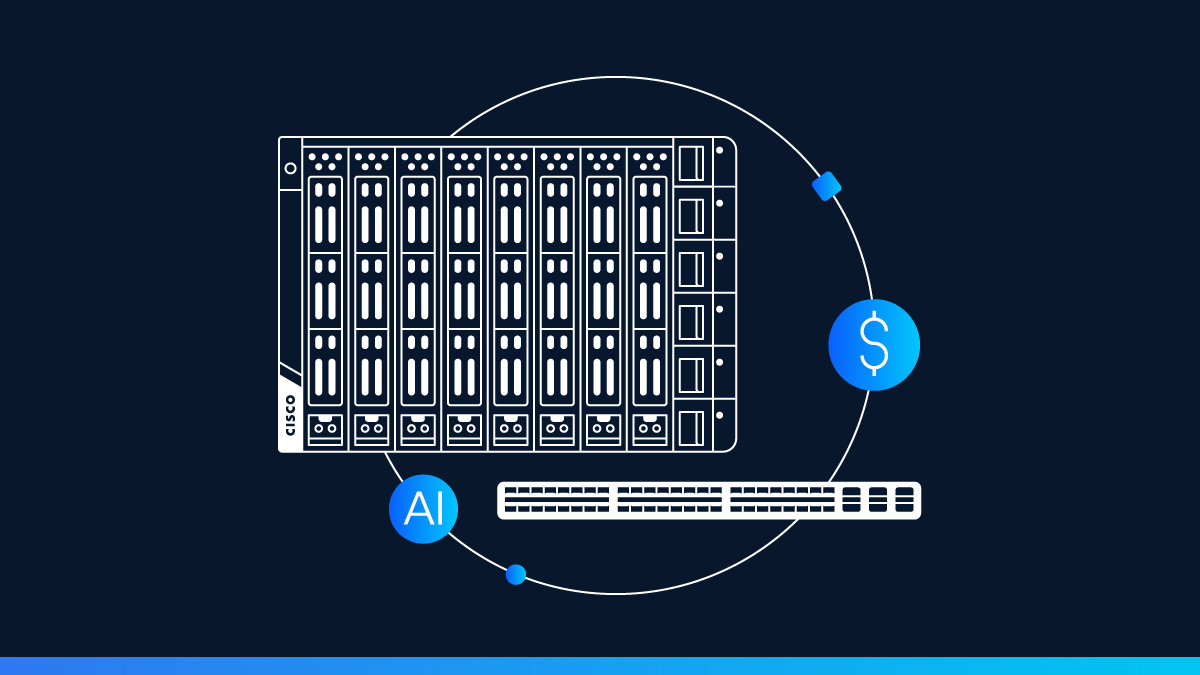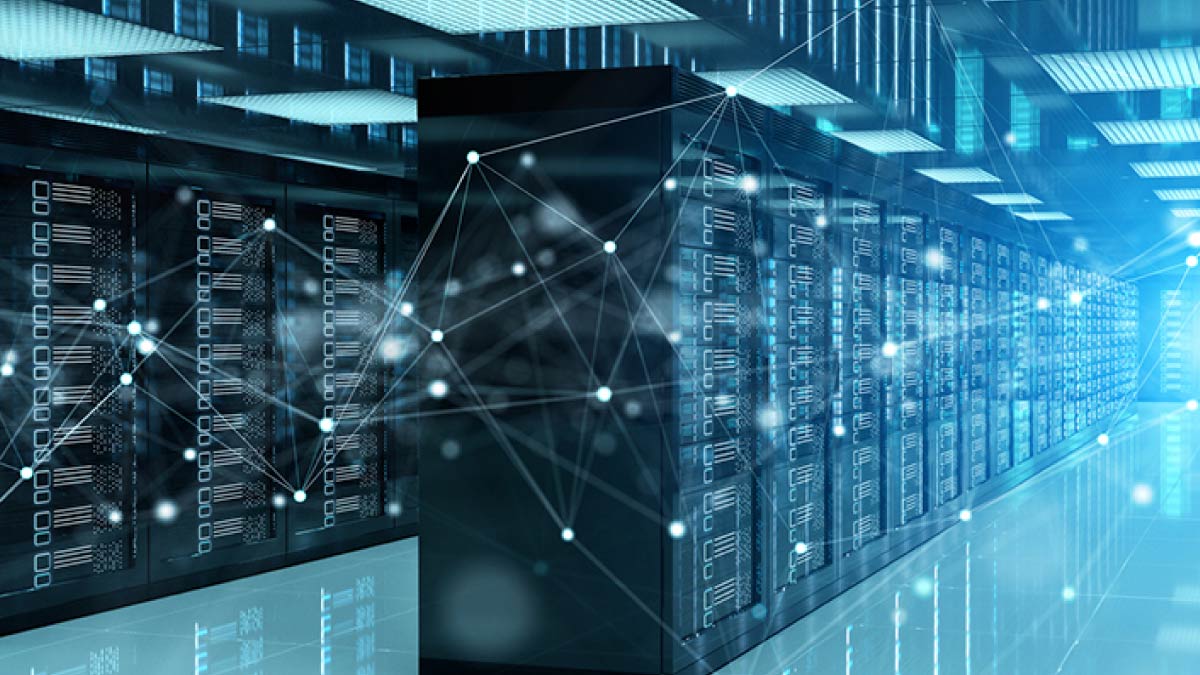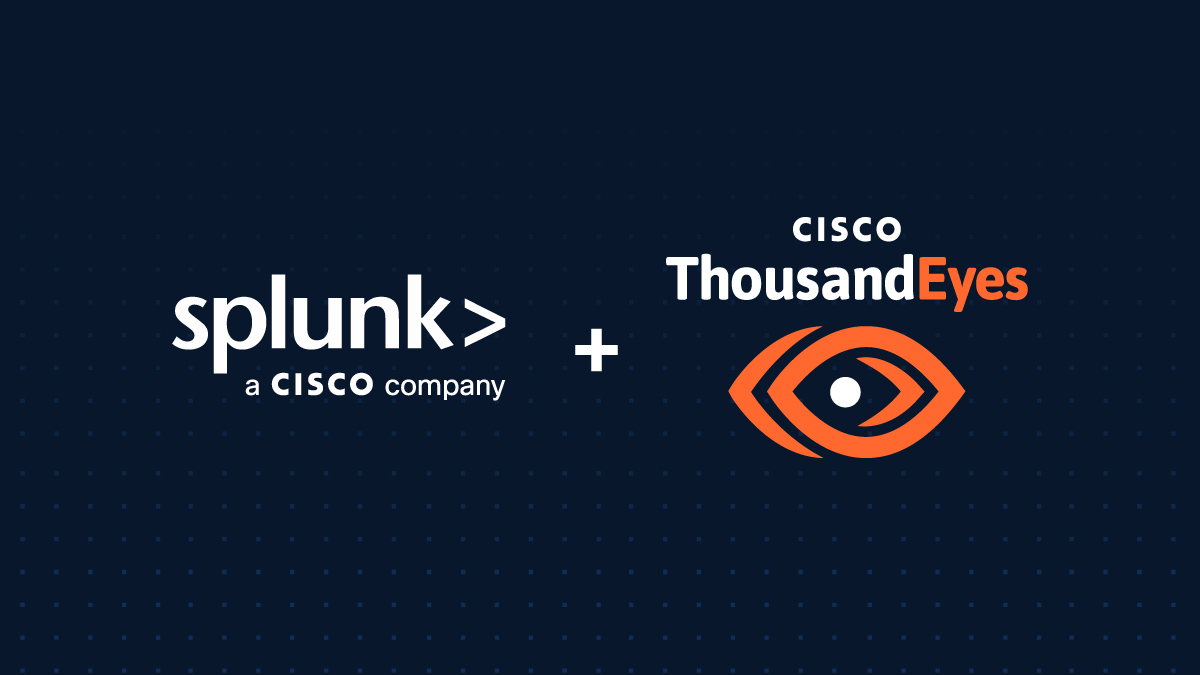Ready for any disaster: Cisco Crisis Response
When disaster strikes, solid, secure connectivity is critical.
The Cisco Crisis Response (CCR) team is ready to provide it.
Formed after Hurricane Katrina devastated New Orleans in 2005, and this year celebrating its 20th anniversary, CCR rushes in to deploy portable, highly resilient networks — anywhere in the world, and no matter how challenging the conditions. Because the sooner emergency teams, aid organizations, and distraught loved ones can communicate and coordinate, the sooner true recovery can begin.
“We’re a small team, but we’re mighty,” said Matt Wood, lead operations manager for CCR. “Unfortunately, there are more and more crises that we're responding to, but Cisco keeps supporting what we do, and we keep getting better.”
The Cisco Crisis Response team evolved from an earlier team created for government networking support in 2003. And today it includes just 12 full-time members. But hundreds of Cisco volunteers are trained in CCR’s techniques and technologies. Some prepare to jet off to the most far-flung locations. Others work behind the scenes, helping to build partnerships, design portable networking solutions, refine budgets and logistics, or support training sessions.
“We bring quick response to disasters all over the world,” said Kevin Murphy, an operations manager at CCR. “And with over 900 volunteers within the company, we can reach out through different communities around the world, such as Rome, Munich, North Carolina, Texas, California. We're all over the place.”
Stricken communities or refugees — whether in Haiti, the Philippines, Europe, South America, North Carolina, or anywhere else — are never charged for CCR’s services or equipment. And Cisco volunteers are freed from their day jobs.
“Cisco will volunteer our team and our equipment,” Wood explained, “to go out and provide emergency connectivity for public safety, law enforcement, critical infrastructure, schools, hospitals, and NGOs — and get them back up and running after disasters. We are like the paramedics for communications. And everything we do is free.”
The team trains and innovates constantly, to find the best technologies and procedures for any situation. It relies heavily on cloud-based Cisco Meraki products — known for their powerful capabilities, simplicity, and ruggedness. And the team refines these technologies into portable kits that are easily transported around the world. In the U.S., it also deploys two Network Emergency Response Vehicles (NERVs), which drive into emergency zones with cutting-edge connectivity.
“We're doing this in challenging conditions,” said Matt Runyan, CSR’s leader for mission readiness and deployments. “It's not like when I used to do data-center network upgrades. It's not a change that you've planned for a year. Instead, you get a call at three o'clock in the morning, and the first flight out is at nine. You need to be on that plane with whatever gear you can carry that will solve that particular problem.”
Thwarting hackers and building partnerships
Erin Connor, director of Cisco Crisis Response, believes that Cisco is all but unique in this space, given the depth of its support. Along with cutting-edge technology and expertise, grants, and technology donations, this includes close partnerships with global organizations like Mercy Corps, U.N. agencies, and NetHope. “I think what differentiates us is the comprehensive nature of the support,” Connor said. “That means we can add more value to our emergency response and more meaningfully support our humanitarian partners to collectively fulfill our social missions.”
Cybercriminals are not known for their compassion, and many sense opportunity in a humanitarian crisis. So, security is a key element.
“Cybersecurity in emergency response is critical,” said Matt Altman, a network engineer for CCR. “You have people who are already vulnerable and may be putting stuff out there that you could be taken advantage of. We see that not only for the responders, but for vulnerable populations.”
That’s why Cisco’s comprehensive security looms large.
“With Meraki technology, Cisco Umbrella, and some of the other technologies that we have,” Runyan stressed, “we’re able to provide a secure solution for connectivity in these moments of crisis.”
Innovating for future crises
Unfortunately, none expect the current pace of global crises to lessen anytime soon. But all agree their jobs are getting easier, if only on the technical front.
Reflecting on the 20th anniversary of CCR, Connor highlighted Cisco’s progress towards more capable technology that’s simpler to deploy and manage.
“When our team first started, our technology was a lot more complicated,” she recalled. “It required trained technicians to deploy and set up connectivity. That’s shifted a lot. And it’s allowed us to scale our work a lot more. So, we can provide remote assistance, but we don't necessarily need to deploy our team to every emergency.”
Artificial intelligence is another force multiplier, especially as crisis response becomes increasingly data driven.
“Our team uses Cisco AI technologies to support and secure our networks, with automated analysis and suggested resolutions for potential network problems,” said Runyan. “In addition, AI is a game changer for served agencies. There's so much data coming back from the field, in the form of network metadata, video analytics, drone footage, and other information, all of which can be used to make preparation or response more effective. For example, structural analysis of buildings and structures that used to take days can now be done in a matter of minutes. Most AI tools require connectivity to function, so it becomes more important than ever in a crisis. AI is definitely going to change the way we respond to emergencies.”
Whatever the technology, the human element will always be at the heart of CCR.
Connor recounts meeting a Sudanese couple in an Italian refugee camp who had walked for months with their infant child. For her, it brought home what Cisco Crisis Response is all about.
“They were sharing about their journey and the experience they'd had,” Connor said. “But when I explained that I was there to set up free Wi-Fi, the mom said, ‘my parents will be able to see my baby for the first time!’ It was so powerful. It's about connecting to the outside world — and having your parents see your baby for the first time. It really stayed with me.”



